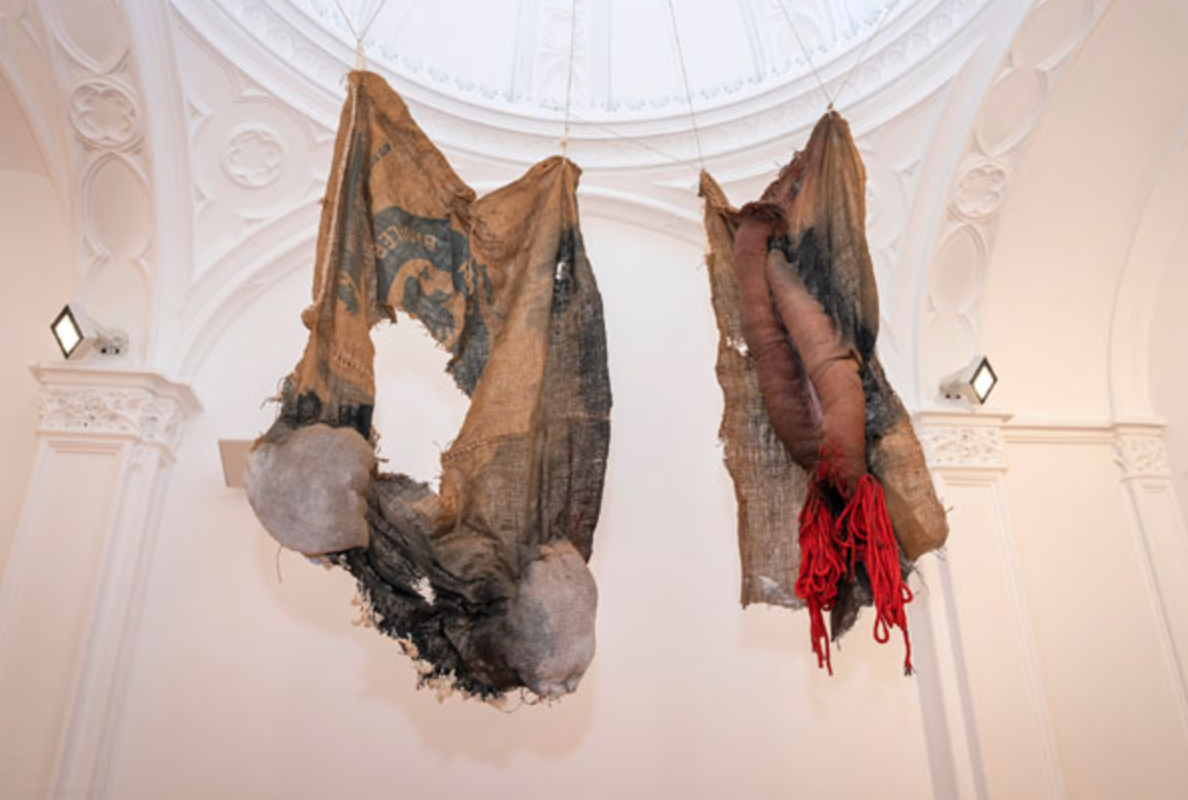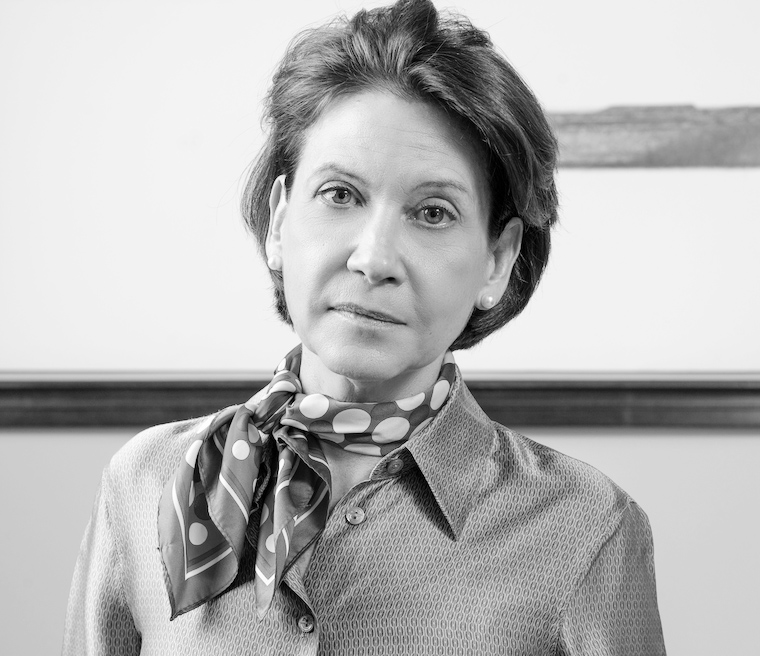
If we accept that, broadly speaking, there are two types of exhibitions, the dispensable and the necessary (with all the intermediate gray scale you want), the one dedicated by the MAMT to Josep Royo (Barcelona, 1945) would come to be, for several reasons, a genuine representative of the second group. Necessary, in the first instance and as the person in charge of the project, Carles Guerra, very well points out, because it is about restoring nothing less than the textile artist who produced a series of monumental works for Joan Miró: the tapestries of Tarragona (1970 and 1972), those of the World Trade Center in New York (1974), those of the National Gallery of Art in Washington (1977), those of the Joan Miró Foundation in Barcelona (1979), or those of the Maeght Foundation in Saint-Paul de Vence (1980), among many others. Tons and tons of wool left, Guerra points out, mostly from the old flour mill located next to the port of Tarragona.
However, aside from the "auxiliary craftsman" (so to speak), there is the creator with his own personality who works to dignify not only the work of the painter but to remind us that painting, as a concept, it adopts often unsuspected forms and supports. And it is that, thanks to the contributions of tapestry artists such as Royo himself or the great Jean Lurçat - explained the critic and philosopher Arnau Puig in a text dedicated to Grau-Garriga -, "it went further, not only reducing the coloring of the tapestries to that of the essential colors of the fibers used but, in addition, highlighting the material quality of these fibers and making them work not only in the simple two-dimensional plane of the frame but giving them volumetric dimensions real, thus replacing the optical impact of classic tapestry with a tactile tangibility that made one appreciate the qualities of the supports". The tapestry, in this sense, became a maximized painting that, thanks to its theatrical character, perfectly staged the movements claimed by Rothko in relation to the plastic – “inwards and outwards, below and above , diagonally and horizontally”– and, at the same time, he allowed himself the luxury of incorporating real elements by trapping them in his web, turning them into a chrysalis and, if necessary, expelling them towards the exterior once digested and transmuted for remembrance.
Well this: it is often said (following Pliny) that the birth of painting is due to the atavistic gesture of the daughter of the sculptor Butades (Kora?), which was none other than that of tracing the shadow of lover, projected on the wall, just before he left for war... Art, in this sense, would have its origin in a ghost, or in the attempt to capture (represent) something absent. However, art could also have been born in the gesture of a Penelope or an Arachne: between the will to change reality and the passive attitude of accepting it as something given, there is a kind of subtle activity reminiscent of the work of dressmakers in that it reconstructs the world through a patient weaving that demands to be carried out with the utmost care. None the less: Josep Royo's show is an excellent reminder of the fact that, instead of invoking ghosts, one can try to weave reality.








